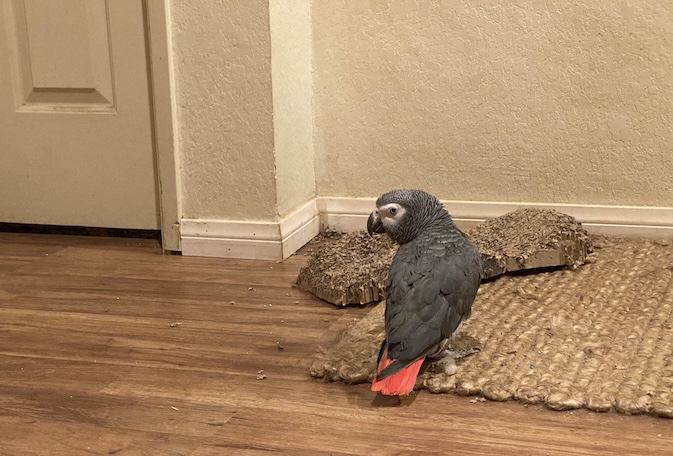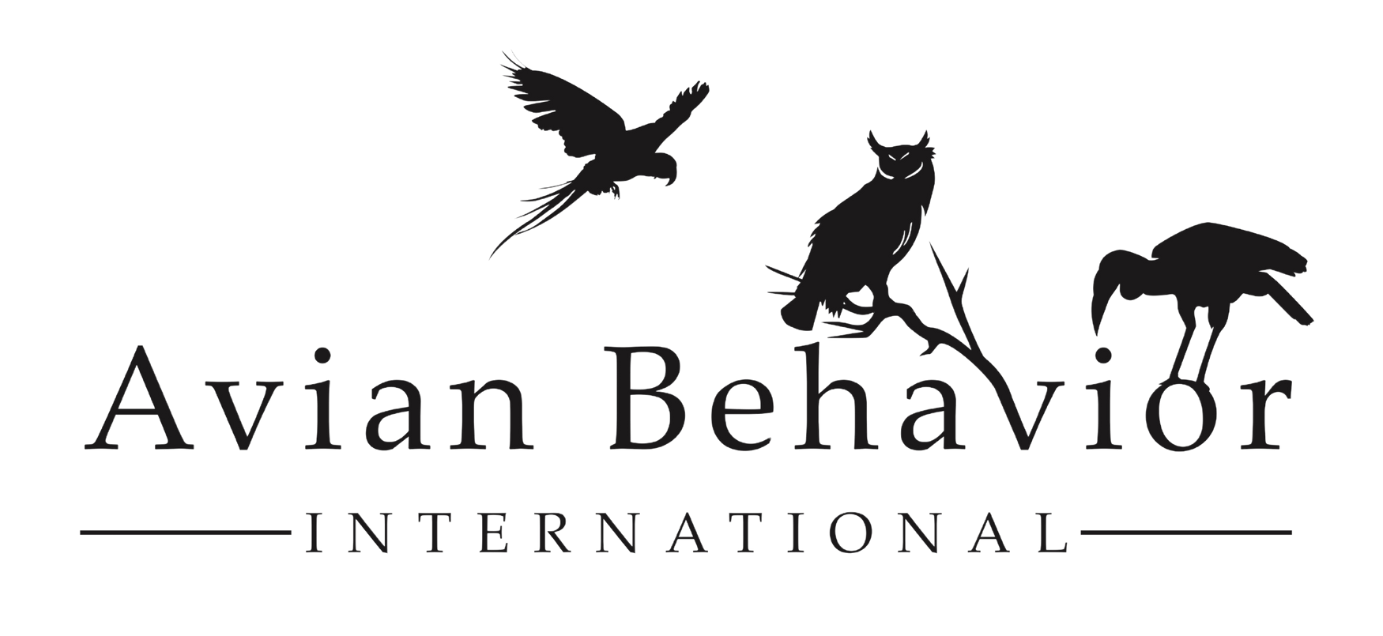
21 Mar Overcoming Aggression: Practical Solutions for Challenging Parrot Behavior
Today we are going to share some invaluable insights we uncover as case studies from our consultations, diving into the intricate world of complex parrot behavior scenarios. These discussions have been enlightening, offering practical strategies and highlighting the importance of addressing biases while understanding the role of our own self-care throughout the process. This is not something many people address when it comes to how intrusive parrot behavior issues can be, but it’s an essential ingredient for success.
One of the foundational aspects we’ve explored is the critical understanding of the stages of development in parrot behavior solution-seeking. This knowledge is paramount for achieving success, as each stage presents its own set of challenges and opportunities.
From laying the groundwork to refining behaviors, navigating these stages requires a nuanced approach tailored to each parrot’s unique characteristics and needs. I use the metaphor of changing the direction of a spinning wheel. We have to use extra effort in the first stage to stop the wheel from spinning one direction to get it to start going the other way. This is how we can view the way we need to change our environmental conditions to then change our parrots’ behavior. It takes extra effort to change the way we think, because the way we get out of a problem takes different thinking than the way we got into it.
In our discussions, we’ve emphasized that while certain information holds intrinsic value, its application necessitates careful consideration and adjustment for optimal results. This entails a blend of inquiry, trial, and patience to accurately discern whether any issues stem from the information itself or its implementation in a specific context.
Confronting biases has been another pivotal theme we’ve addressed. By acknowledging and challenging these biases, caregivers open the door to more effective training methods tailored to each unique circumstance. This critical self-reflection fosters growth and innovation in bird training practices.
Another key aspect we explored is the importance of setting realistic expectations and embracing gradual progress. We discussed a structured approach, beginning with intensive reinforcement to help our parrot see the value in the new environmental conditions in Stage One and progressively transitioning to reducing reinforcement in trouble spots by Stage Two. Ultimately, our goal is to normalize behaviors and introduce additional criteria in Stage Three to ensure lasting results.
To exemplify the practical application of these concepts, let’s look at a case study involving a caregiver and her African grey parrot. In this scenario, the caregiver was grappling with various challenges in managing her parrot’s behavior and fostering a positive relationship while ensuring her own well-being.
The initial consultation revealed that the African grey parrot exhibited behaviors that included a lot of aggression towards the caregiver. These behaviors not only posed challenges for the caregiver in her daily interactions but also impacted the overall well-being of both the person and the parrot.
To address these issues, a structured training plan was devised, focusing on positive reinforcement techniques tailored to the parrot’s individual needs and preferences. This involved a shaping program to enhance environmental engagement, and I rely a lot such as foraging for specific foods and engaging in interactive play with toys.
Additionally, the caregiver was encouraged to prioritize self-care practices to alleviate stress and enhance her ability to provide effective care for her parrot. This included setting aside dedicated time for relaxation, engaging in activities outside of bird care, and seeking support from friends or support groups within the parrot community.
Throughout the training process, careful attention was paid to the parrot’s responses to different training methods and environmental stimuli. Adjustments were made as needed to ensure the training approach remained effective and aligned with the bird’s evolving needs.
Over time, the caregiver began to notice positive changes in her parrot’s behavior, including reduced vocalizations, improved feather condition, and more relaxed interactions during training sessions. These improvements not only alleviated stress for the caregiver but also contributed to a more harmonious relationship between caregiver and bird.
By navigating the specific challenges faced by the caregiver and her African grey parrot, we were able to foster positive interactions and improve the overall well-being of both parties involved. This case study serves as a testament to the transformative power of structured training and self-care practices in parrot care.
In essence, effective bird training and care demand a holistic approach that encompasses various facets, including behavioral nuances, caregiver biases, and self-care practices. By empowering caregivers with the knowledge and tools to navigate these complexities with confidence and compassion, we’re strengthening the bond between caregiver and bird, enriching the overall experience for both parties.
I’d love to hear how you apply these insights in your own interactions with your own birds. Share your experiences in the comments!
For more in depth training on working with extremely challenging aggressive behavior, join the Avian Behavior Lab! In addition to hundreds of hours in-depth courses and live trainings, we have dedicated courses to address your bird’s aggressive behavior!

